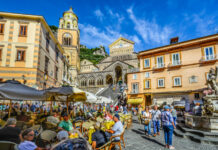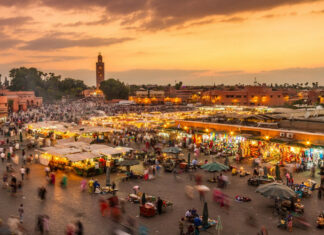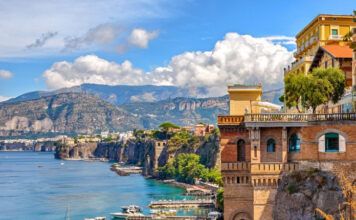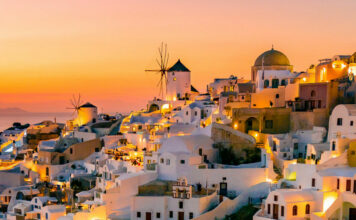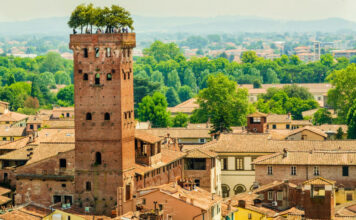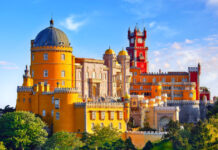Tiwanaku, Bolivia
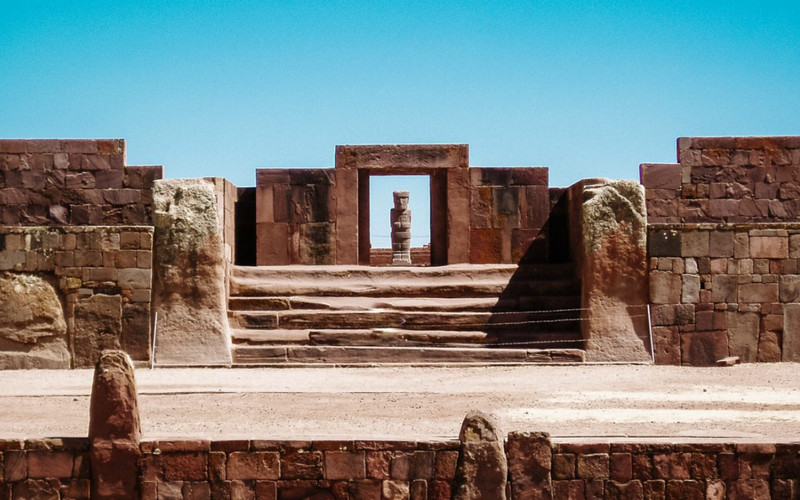
Located near Lake Titicaca in Western Bolivia, the Pre-Columbian adobe city of Tiwanaku was constructed around 500 AD and still stands today, albeit in a much more subdued state. The ancient city is now considered more like an art installation, rather than the bustling metropolis it once was. The archaeological ruins of Tiwanaku showcase impressive examples of advanced engineering and Andean architecture.
Rome, Italy
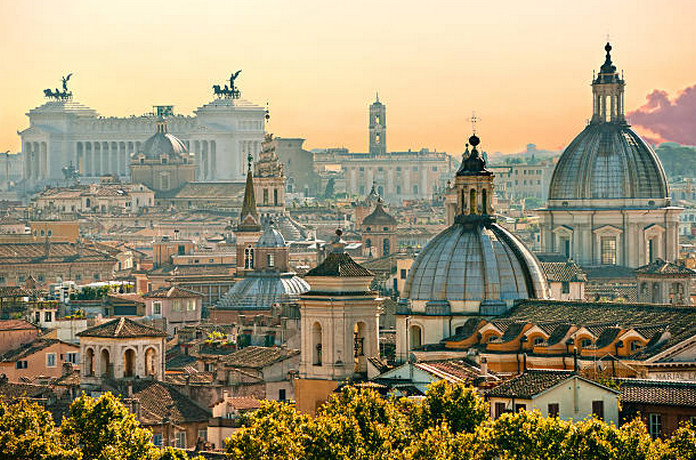
Founded by twin brothers Romulus and Remus in 753 BC, Rome is arguably one of the most iconic ancient cities in the world. Its rich history spans over 2,500 years, with various eras of significant cultural, religious, and political significance. Apart from the historical landmarks, Rome is renowned for its contemporary fashion, cuisine, and art.
Choquequirao, Peru
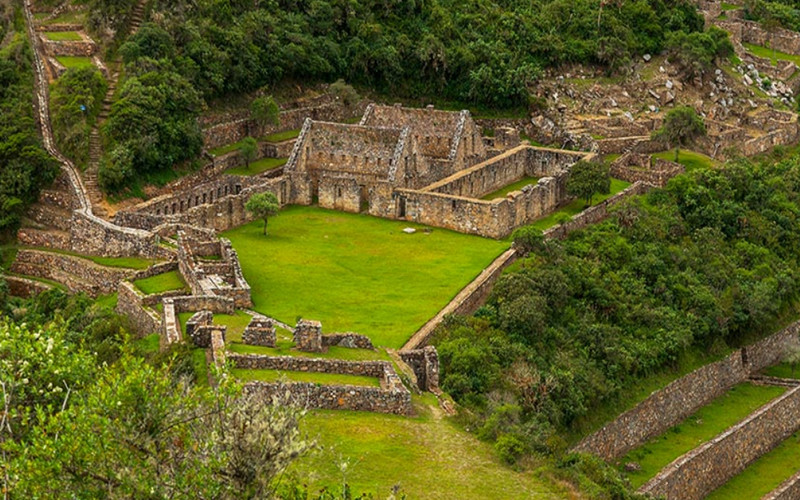
Perched high in the Andes, Choquequirao is a hidden gem of a city that is often overshadowed by the popularity of Machu Picchu. This mountaintop city dates back to the 15th century and was constructed using the same sophisticated engineering techniques as the Incas. Only about a third of the site has been excavated so far, which makes it an exciting destination for intrepid adventurers.
Cahokia, Illinois
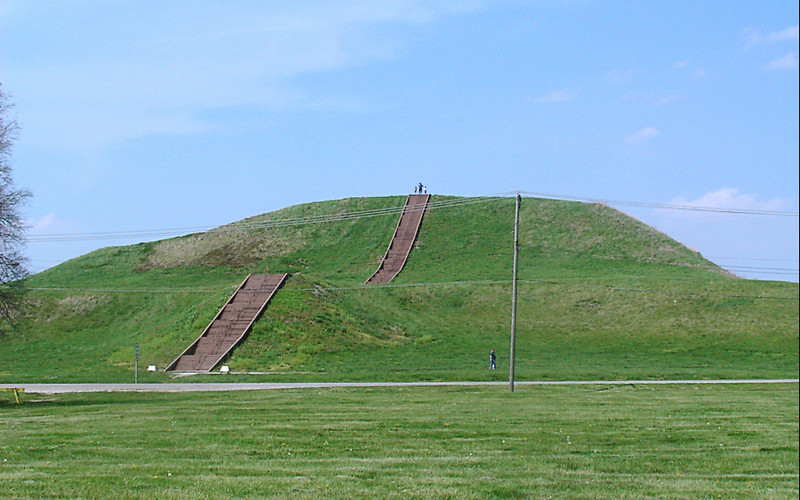
Located just across the Mississippi River from St. Louis, Cahokia Mounds in Illinois is a stunning example of pre-Columbian civilization in North America. At its peak in the 12th century, Cahokia was a bustling city of over 20,000 people, larger than any contemporary city in Europe. The site is home to over 80 earthen mounds, including Monks Mound, the largest earthen structure in North America, which stands 100 feet tall and covers over 14 acres. Visitors can explore the remains of Cahokia’s plazas, neighborhoods, and other structures, and imagine what life was like in this ancient metropolis.
Pompeii, Italy
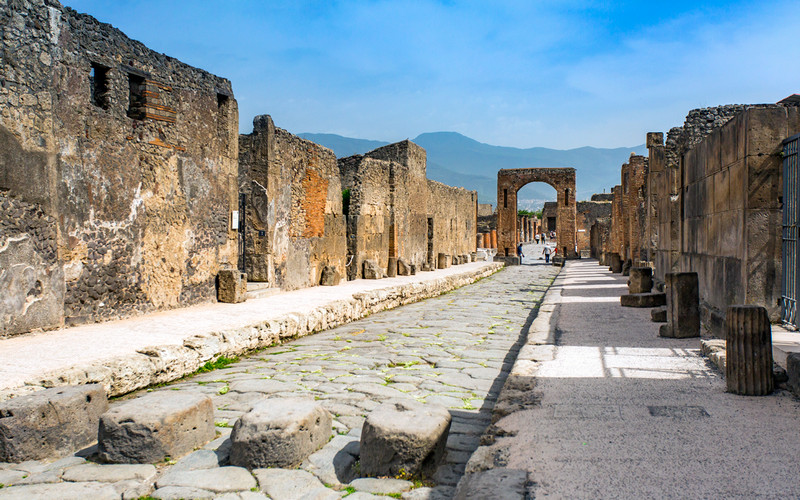
The ancient city of Pompeii, located in the Campania region of Italy, is a popular tourist destination that is famous for its unique blend of ancient and modern cultures. The city was buried under volcanic ash when Mount Vesuvius erupted in AD 79, preserving its ruins and providing us with a glimpse into the lives of ancient Romans. In addition to the famous ruins, Pompeii boasts a vibrant food and wine scene, as well as a host of contemporary art galleries and museums.
Delphi, Greece
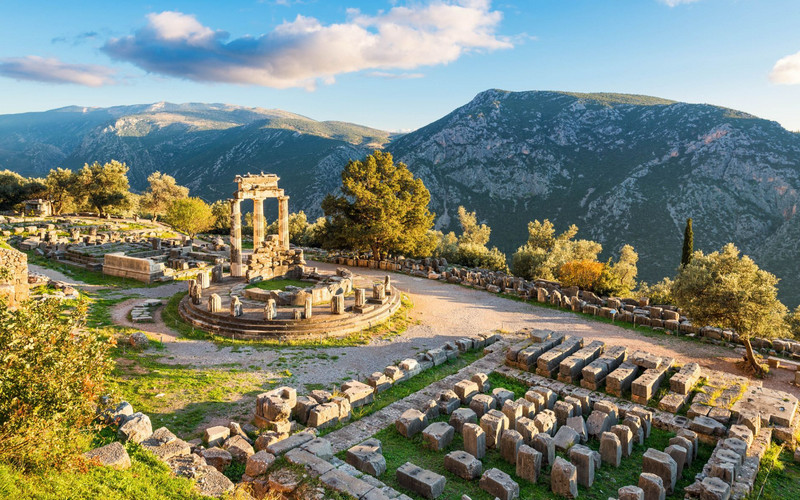
Perched on a mountaintop, Delphi was believed to be the center of the world in ancient times. The city was dedicated to the god Apollo and was renowned for its Oracle, who was said to offer predictions and advice to those who sought her wisdom. Today, visitors can explore the extensive ruins of the city, including the Temple of Apollo, the Ancient Theater, and the Stadium. The nearby town of Arachova offers a wealth of shopping and dining options.
Angkor Wat, Cambodia
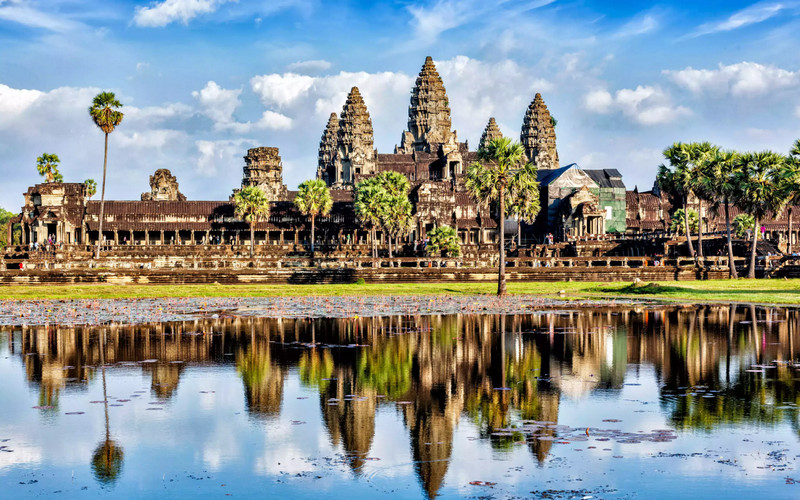
Angkor Wat is one of the most famous archaeological sites in Southeast Asia, and for good reason. The sprawling complex covers over 150 square miles and boasts some of the most impressive examples of Khmer architecture in the world. Visitors can spend days exploring the various temples, including the iconic Angkor Wat, Bayon, and Ta Prohm. For a unique experience, consider taking a hot air balloon ride over the temples at sunrise.
Petra, Jordan
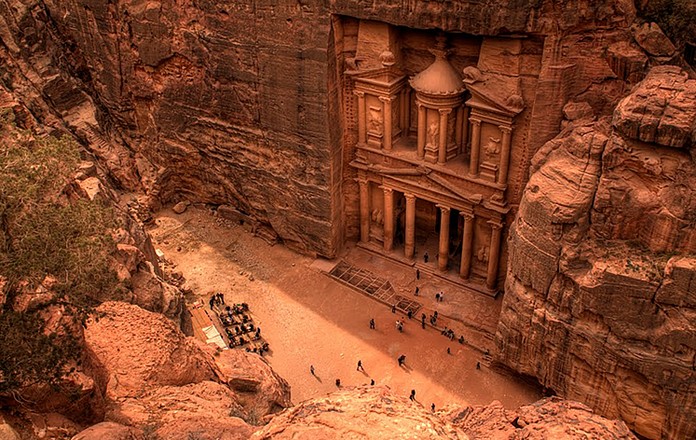
The ancient city of Petra, carved into the pink sandstone cliffs of Jordan, is one of the most awe-inspiring sights in the world. The city was the capital of the Nabatean Kingdom from around 300 BC until its downfall in the 1st century AD. Visitors can explore the various tombs, temples, and amphitheaters, including the famous Treasury (Al-Khazneh).





